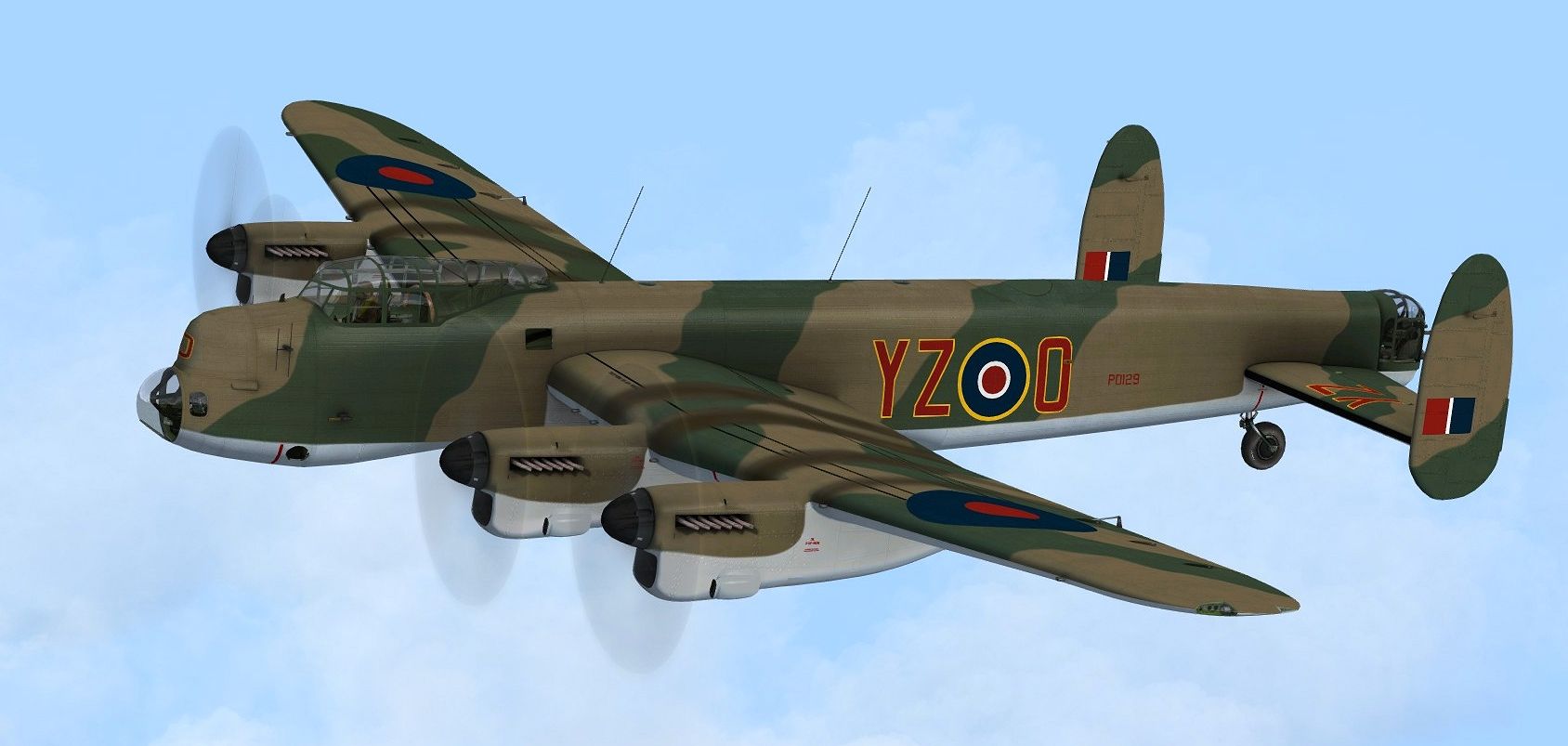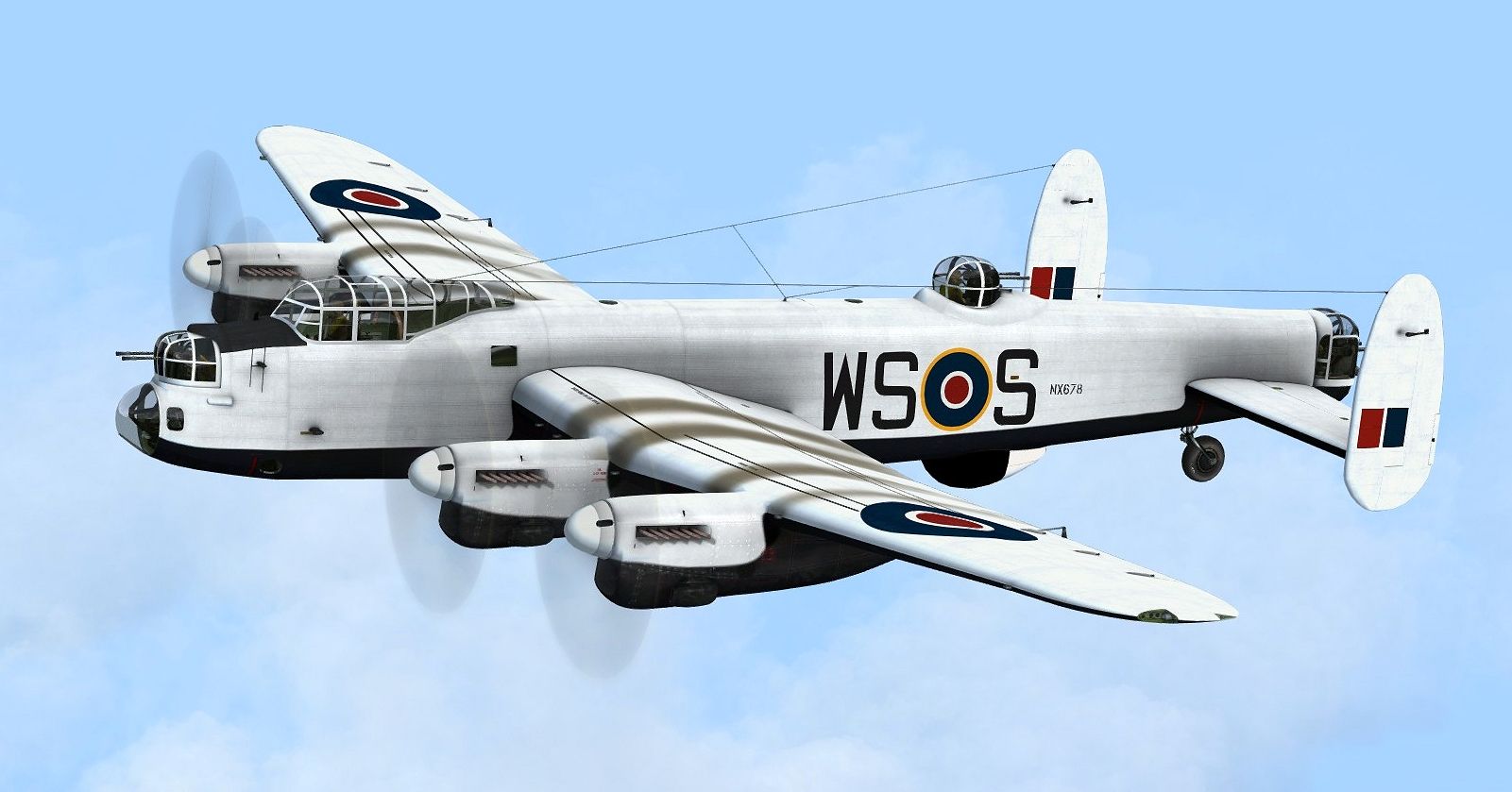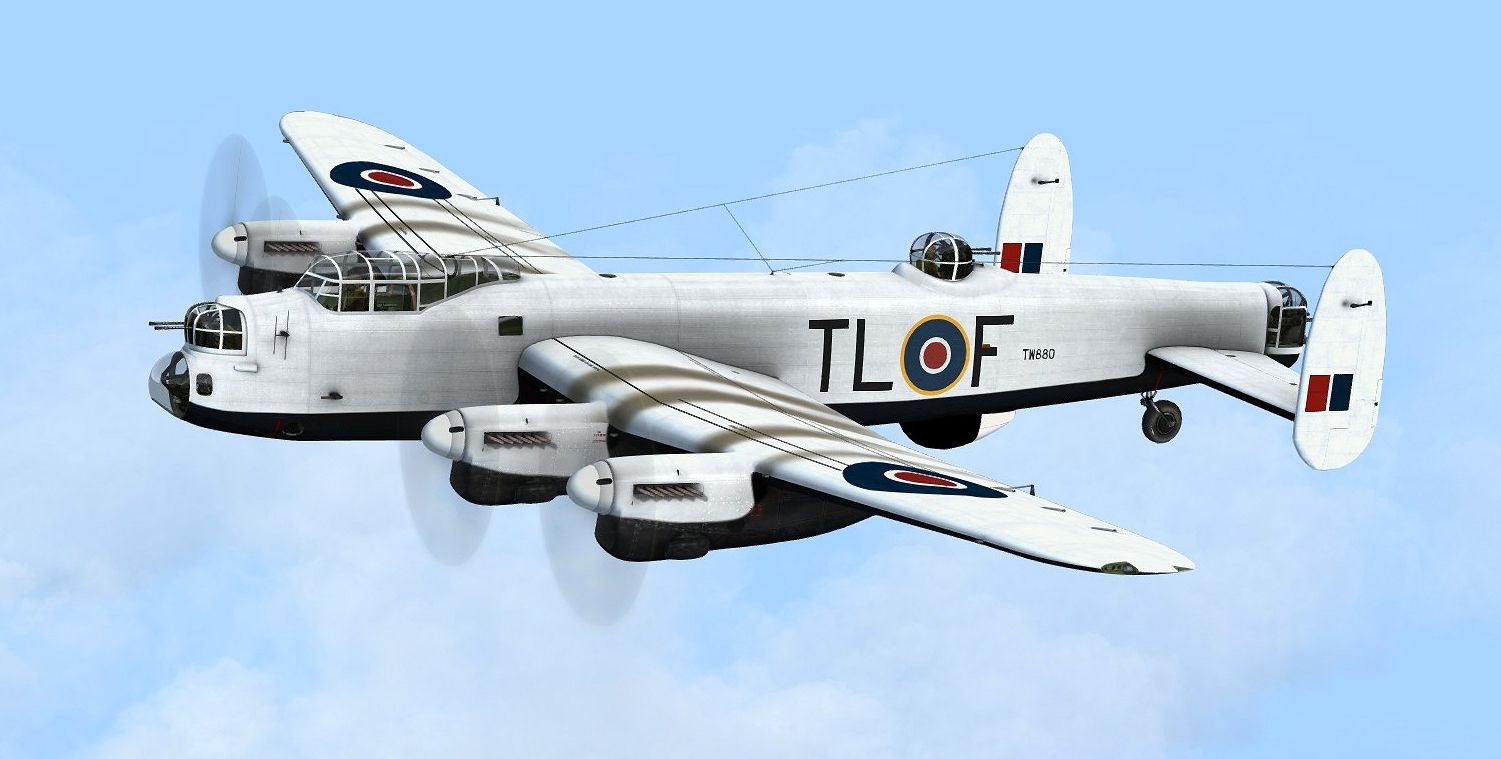-
There seems to be an uptick in Political comments in recent months. Those of us who are long time members of the site know that Political and Religious content has been banned for years. Nothing has changed. Please leave all political and religious comments out of the forums.
If you recently joined the forums you were not presented with this restriction in the terms of service. This was due to a conversion error when we went from vBulletin to Xenforo. We have updated our terms of service to reflect these corrections.
Please note any post refering to a politician will be considered political even if it is intended to be humor. Our experience is these topics have a way of dividing the forums and causing deep resentment among members. It is a poison to the community. We appreciate compliance with the rules.
The Staff of SOH
You should upgrade or use an alternative browser.
first class simulations lancaster
- Thread starter Seahawk72s
- Start date
JensOle
SOH-CM-2023
The line up:
from the readme:
-B.I "KM-B" No 44 Sqn RAF, 1942.
Flown by Sqn Leader John Nettleton on the famous Augsburg raid. Only surviver from 44 Sqn.
-B.I "KC-H" No 617 Sqn RAF, 1944
-B.I "KC-D" No 617 Sqn RAF, 1944
Flown by Wg Cdr Tait with Tallboy bomb for the 3rd and final attack on Tirpitz on November 12th 1944.
-B.I "KC-M" No 617 Sqn RAF, 1945
Flown by Flt Lt Lancey loaded with Tallboy bomb on the attack at the Neinburg rail bridge on 22 March 1945.
Attacked by -Me-262, but survived with damage to the nose.
-B.I (S) "YZ-O" No 617 Sqn RAF, 1945
Used to drop the massive Grand Slam and Tallboy bombs on high value targets in Germany during the last months of the war.
-B.I FE "WS-S" No 9 Sqn RAF, 1946
"Black/white "Tiger force" scheme.
-B.I FE "TL-F" No 35 Sqn RAF, 1946
"Black/white "Tiger force" scheme. Took part in "Operation Goodwill", a coast to coast visit to the USA.
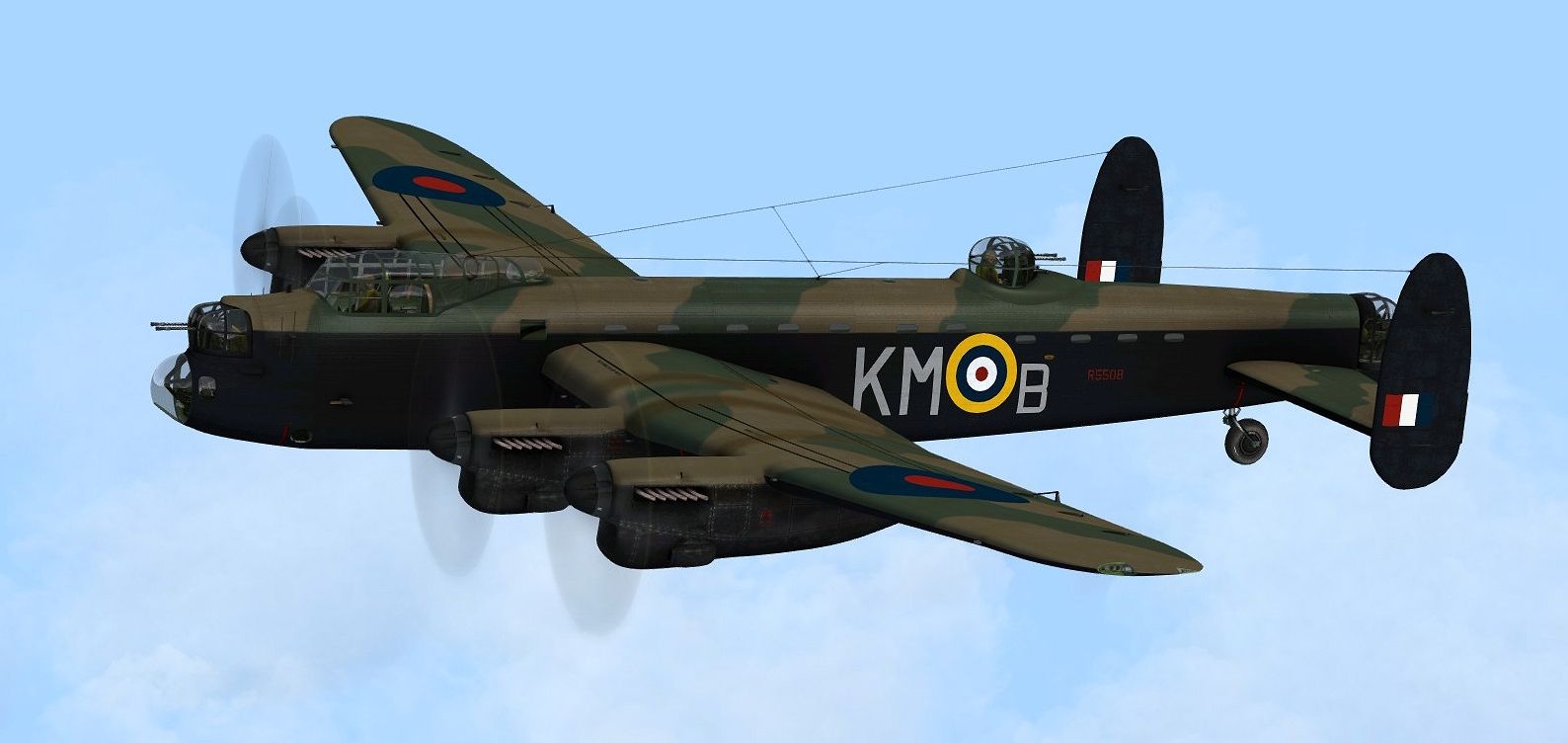

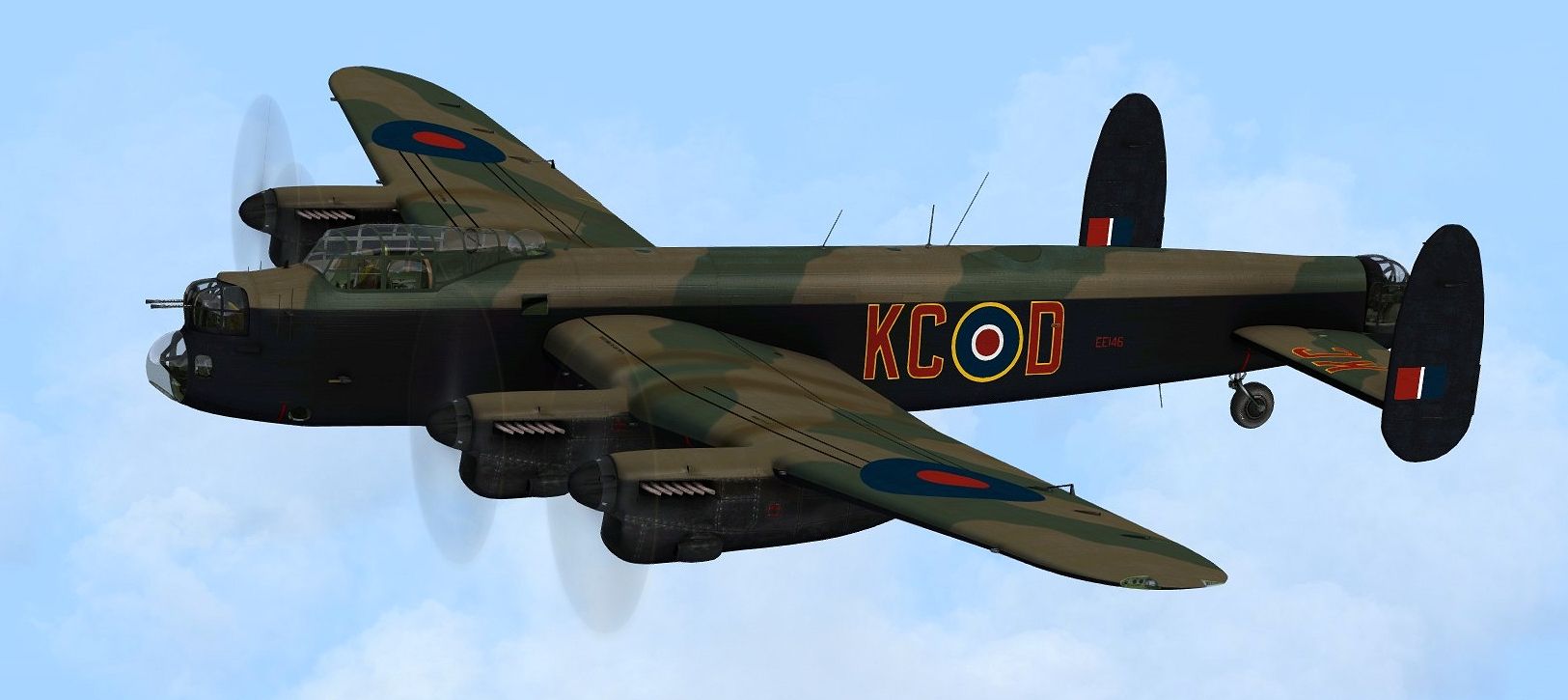
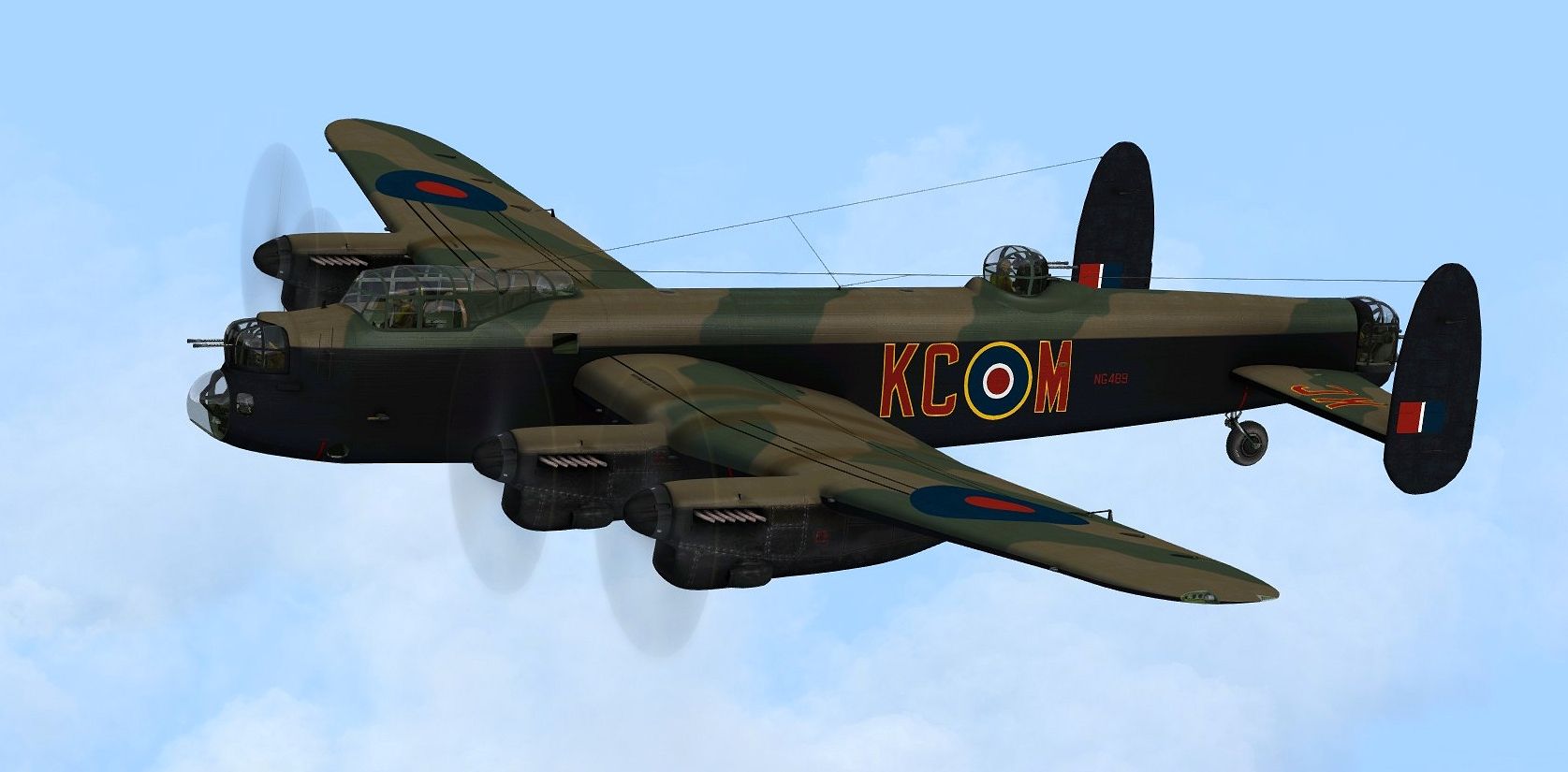
Ian Warren
Charter Member

WarHorse47
SOH-CM-2024
JensOle
SOH-CM-2023
A big thank to Dave Q for letting me use his paintkit! It was a great starting point for my own interpretation of details and colours.
JensOle
SOH-CM-2023
The background for using the MR model is that I believe it is the closest model in the package to a Tirpitz Tallboy bomber. They removed the dorsal turret to save weight and gain range. It did not have the H2S radar either. The real maritime Lancasters were called ASR and GR.3 and had far more modifications than seen on the MR.3 model in the FCS package and it does not even have the H2S radar. As you know the B.I(S) removed the bomb bay doors alltogether and also removed the nose turret (it was also used to drop Tallboys, but only during the last months of the war and was not available in november for the Tirpitz raids). So it has a very different overall shape than the B.I with deep bomb bay doors as used for the Tallboy attacks on Tirpitz.
The KC-D rear fuselage is made for a model without the dorsal turret (as it should be) and the texture and details/camo will not match the standard B.I model with the turret.
None of the models have the deep bomb bay doors of the Tallboy capable Lancasters. All in all I think the MR3 model is the closest we get to a Tirpitz attack configurated B.I Tallboy bomber
I copied the MR3 model folder over to the B.I main folder to have the model easily available without moving texture folder. That is the reason for the problems in the cfg entry as I had forgot to change all of them when doing the readme.
Just change the air file name to the MR3 name and write a text for the ui section and you should be good.
Timmy74
SOH-CM-2016
"G" for George is a famous one here is Oz.
https://www.awm.gov.au/encyclopedia/george/

Regards,
Tim.
I've done these paints for the Lanc, but have never uploaded them. I figured no one was interested in them, because I've seen people complain about this plane. I can upload them if anyone is interested. I made my own paint kit with new bump textures.
Consider me interested.
Timmy74
SOH-CM-2016
Thank you Tinballs. You nailed it!

Fingers crossed JensOle can weave his magic?
Regards,
Tim.
Timmy74
SOH-CM-2016
Do any of you aussies know the background for the other symbols and chevrons around the bomb marks? On the right side it looks like medal ribons.
Okay... a little history into "G" for George from the Australian War Memorial.
"407531 Flight Lieutenant Allan Francis McKinnon, DFC, at the controls of G George ,Avro Lancaster B1 Bomber (W4783) 460 Squadron RAAF, between 25 February 1944 and 18 March 1944 after flying its 83rd operation over enemy territory. G George flew a confirmed 89 operations, these operations were recorded by pilots and crews on the fuselage of the bomber, this is referred to as the Bomblog. Bomber crews used specific symbols to record who flew particular operations. Visible on G george's bomblog are Cherries the symbol for 413528 Flying Officer (FO) Harold George 'Cherry' Carter and crew; Saint figures refer to 403380 Flight Lieutenant (Flt Lt) James Alexander 'The Saint' Saint-Smith who was killed during a flying battle over Belgium on 29 June 1944; Red stripes refer to Flight Sergeant (Flt Sgt) Jack Murray; Blue 'V' refers to FO James Henderson. Flt Lt McKinnon flew G George on two occasions and was killed in action on 25 March 1944 during a raid on Berlin. Also appearing on the side of the bomblog are Medal Ribbons awarded to George by crew members as unofficial awards after 30 completed operations, visible are the Distinguished Flying Medal (DFM) and the Conspicuous Gallantry Medal (CGM)."
So the top ribbon is the DFC (Distinguished Flying Cross)White background with purple horizontal stripes . The middle ribbon is the CGM ( Conspicuous Gallentry Medal) Light grey/silver centre with navy blue vertical boarders, and the botton ribbon -what I can only recognise as- is the CMG (Order of Saint Michael and St George) Red centre with even blue vertical boarders.
I hope this helps? The latter ribbon - i must admit intrigues me.... I'll do a little more digging.
Regards,
Tim...
EDIT..... The Latter may infact be the DSO? "Distinguished Service Order" I'll contact the AWM and find out. I am thinking this is because the "CGM" is usually awarded to civilians.
Okay... a little history into "G" for George from the Australian War Memorial.
EDIT..... The Latter may infact be the DSO? "Distinguished Service Order" I'll contact the AWM and find out. I am thinking this is because the "CGM" is usually awarded to civilians.
not entirely true, "The Conspicuous Service Medal and the Conspicuous Service Cross are distinctly Australian military awards." Tim
from itsanhonour.gov.au page
Conspicuous Gallantry Medal
Instituted in 1855 and awarded to petty officers and seamen of the Navy 'who distinguish themselves by acts of pre-eminent bravery in action with the enemy'. Carries an entitlement to use the post-nominal CGM. Later, availability extended to include non-commissioned officers and men of the Air Force and Army serving afloat and persons holding similar ranks in the Merchant Navy. The Medal was discontinued in 1993. The ribbon was changed in 1921 from one of two stripes of dark blue flanking a central white stripe to a white ribbon with narrow blue edges.
There have been 12 Conspicuous Gallantry Medals awarded to Australian service personnel: 11 awards in recognition of service during WWII and one award in recognition for service in Vietnam.
Conspicuous Gallantry Medal (Flying)
Instituted in 1942 by King George VI as an additional gallantry award. Awarded to non-commissioned officers and men of the Air Force 'for acts of conspicuous gallantry while flying in active operations against the enemy'. It is the Air Force equivalent to the Conspicuous Gallantry Medal with a white ribbon with narrow dark blue edges used mainly for the Army and Navy. The Medal was discontinued in 1993. The ribbon is of light blue with a narrow dark blue stripe at each edge. The award entitles the holder to use the post-nominal CGM. The last award to an Australian was in 1968 bringing to 11 the total awarded, all of whom were members of the RAAF. Only one award of the CGM (for the Navy) has been made to an Australian.
Ex W4783 460 Sqn AR-G RAF. then became A66-2 RAAF (known as George)
http://www.adf-gallery.com.au/gallery/Lancaster-A66-2
[ur]http://www.460squadronraaf.com/planes/georgestory.html


